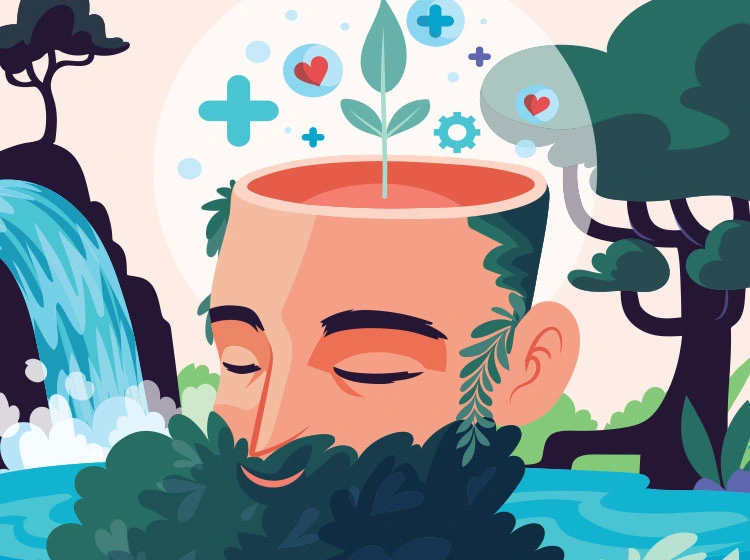The statistics have become so common that it’s easy to forget that each number represents a life being compromised by mental health issues. More than 5 million Canadian adults, or nearly one in five adults, meet the diagnostic criteria for anxiety or mood disorders each year. A much smaller percentage seeks and continues with professional care programs. The vast majority struggle on, trying to get through each day as best they can. The result? Per a study in the National Library of Medicine, around 500,000 individuals in Canada are absent from work each week due to a mental condition. This is associated with a cost to businesses of 51 million Canadian dollars a year, a total of 30% of disability claims, and some 70% of disability costs. There is hope in the future. In addition to other treatment options, mindfulness and regular mental health practices are emerging as viable solutions for improving symptoms of depression, reducing perceived anxiety levels, and even reducing signs of burnout and stress. To achieve these results, here are seven practical tips for incorporating mindfulness and mental self-care into daily life.
Tip #1: Start the Day with Mindfulness
Mornings have a way of setting the tone for the whole day. This is why experts recommend beginning the day with meditation or mindfulness practices. For example, spending a few minutes in the bathroom, after a shower or dressing for the day, quietly breathing or doing a conscious body check-in, can boost feelings of calm and being well-grounded before the busyness of the day takes over.
Tip #2: Take regular breaks
Modern work culture encourages a go-go-go pace for the full day, but human bodies aren’t machines. Going full-tilt all day long – on top of responsibilities at home – can be exhausting on multiple levels. In the case of office-based workers, it can also lead to burnout, headaches, and repetitive stress injuries. To fight back, take regular breaks. Use timers or other routines to incorporate “mindfulness moments” into the workday. This might mean a step away from the desk for a quick walk around the house or office, a stretch break with a mental self-check, or even just looking out the window and taking a few deep, measured breaths to calm the limbic system down.
Login Here

